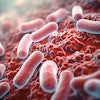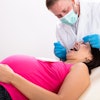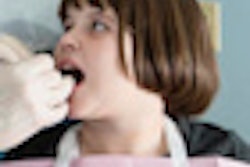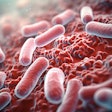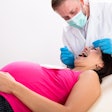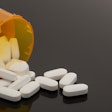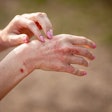A team of researchers led by scientists from the J. Craig Venter Institute (JCVI) has published a study outlining the recovery and genomic analysis, using single-cell genomic techniques, of a periodontal pathogen, Porphyromonas gingivalis, from a hospital sink (Genome Research, April 5, 2013).
It is the first time that a single-cell genome sequencing approach was used to isolate and analyze a single microbe from a biofilm in a healthcare setting, according to the researchers.
Understanding the community of microbes living in biofilms, especially those in healthcare settings, has been limited partially because pathogens can be in very low numbers and many other bacterial types are not easily cultured. A method for DNA sequencing from single cells developed by JCVI's Roger Lasken group is now allowing researchers to sequence the vast numbers of uncultured microbes in the environment. With this approach, the team hopes to sequence many hospital pathogens that have been otherwise inaccessible.
Using single-cell genomic sequencing combined with a new single-cell genome assembler (SPAdes), the team found 25 different types of bacteria within the biofilm. The bacteria represented environmental species, human commensals, and human pathogens.
The team then reconstructed a near complete genome of one specific periodontal pathogen, P. gingivalis (designated as JCVI SC001) from a single cell. While this globally important pathogen is well-known, only three other P. gingivalis genomes have been sequenced to date, and all of those were cultured from patients. This is the first strain sequenced from a single cell from the environment.
The team was able to compare the JCVI SC001 strain to the cultured strains, finding it to vary by 524 unique genes, some potentially altering its virulence. They believe that the JCVI SC001 strain could potentially contain adaptations relevant to survival outside of the host and transmission to humans.
Single-cell sequencing and analysis will open up new avenues of research into environmental samples, including healthcare settings where biofilms are critical in harboring pathogens that contaminate water sources, medical instruments, and catheters, the researchers concluded.
